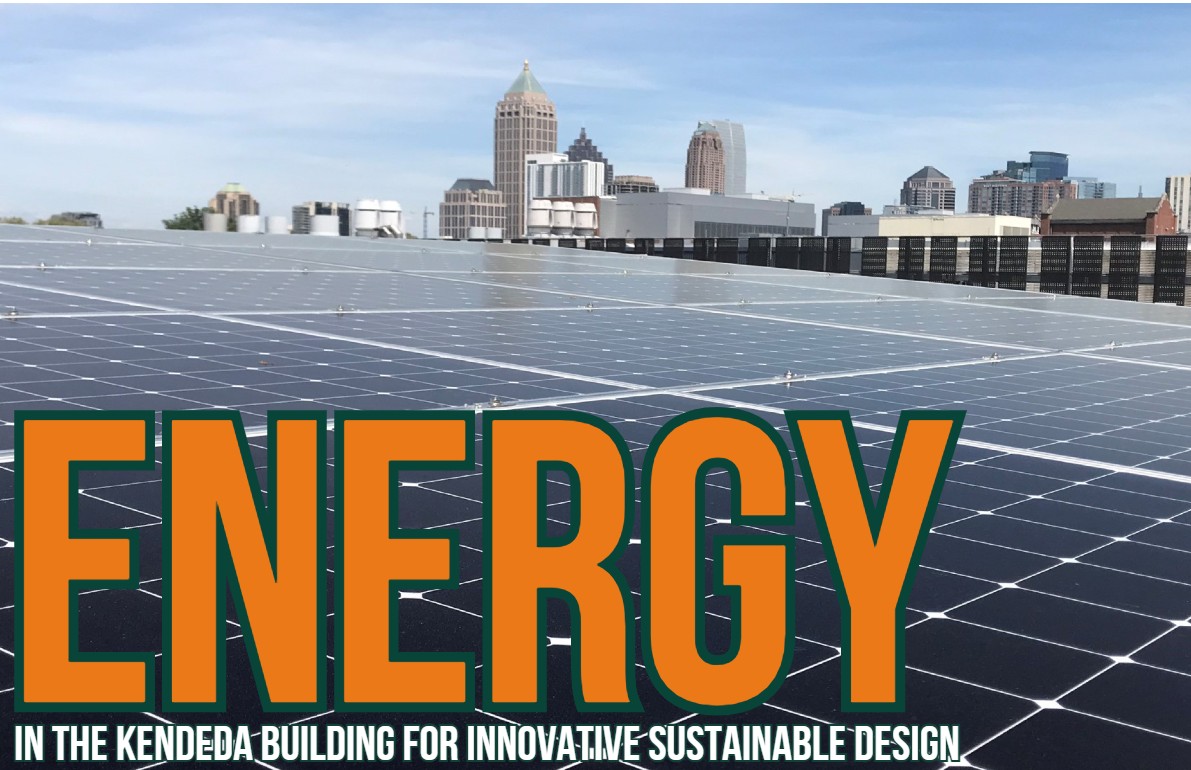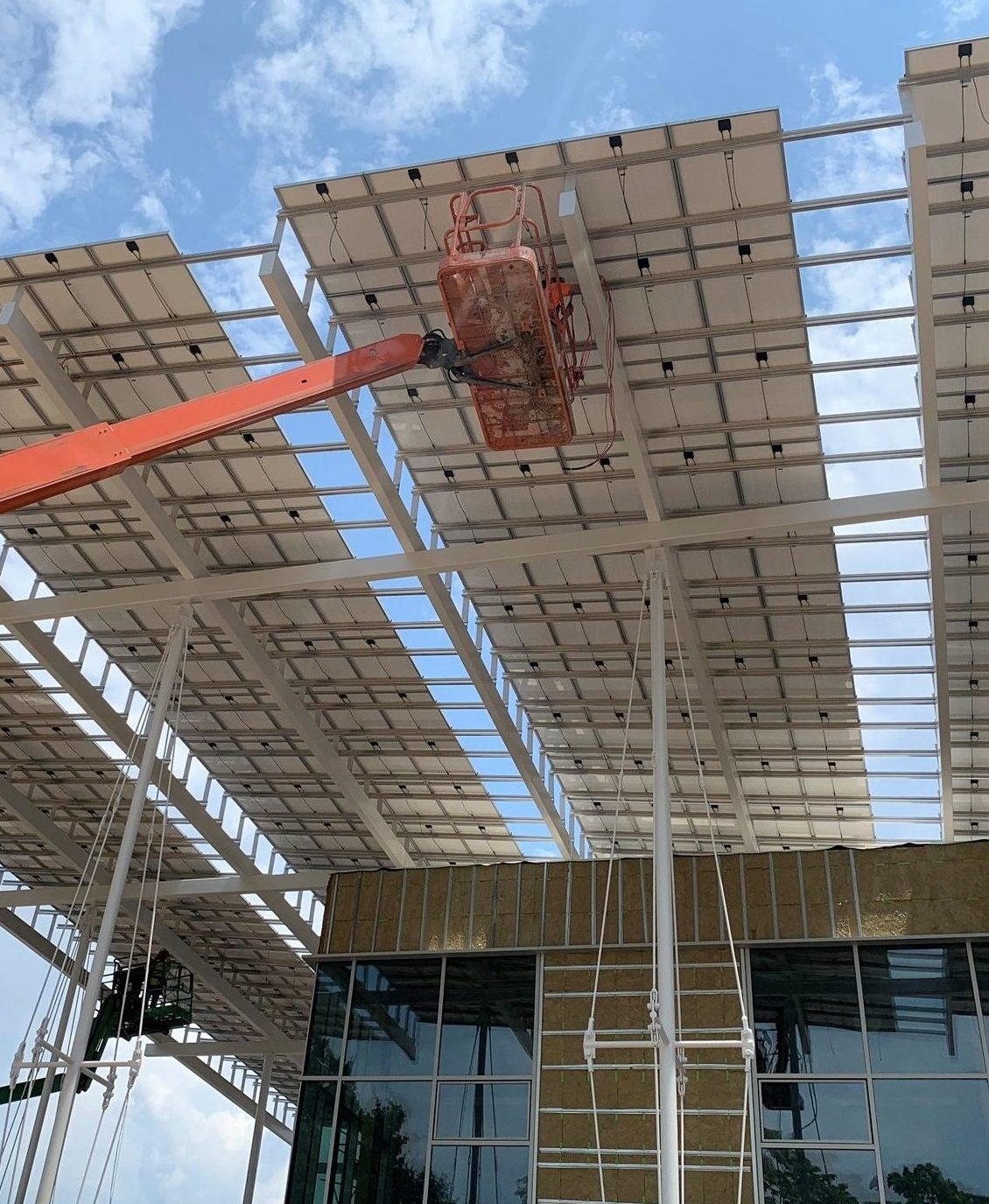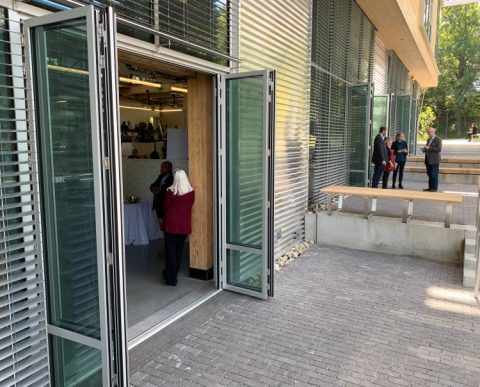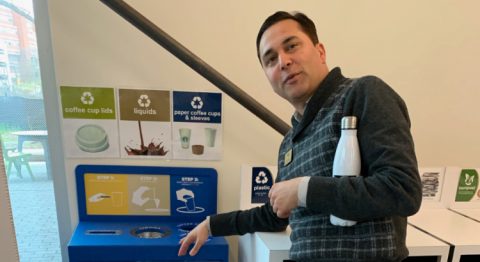
![]() This is one of seven resource pages chronicling how the owner, funder, designers and builders addressed the Petals of the Living Challenge as they planned and built the Kendeda Building for Innovative Sustainable Design at Georgia Tech. Click here for similar resources on the other petals.
This is one of seven resource pages chronicling how the owner, funder, designers and builders addressed the Petals of the Living Challenge as they planned and built the Kendeda Building for Innovative Sustainable Design at Georgia Tech. Click here for similar resources on the other petals.
The challenge
What does the Energy Petal require?
Under Living Building Challenge 4.0, the Energy Petal consists of two imperatives. Energy + Carbon Reduction requires new buildings to use 70 percent less energy (after accounting for onsite renewables) than typical buildings in the same class. With few exceptions, new buildings may not use combustion, must generate renewable energy and “must demonstrate a 20% reduction in the embodied carbon” construction materials from a baseline. The Net Positive Carbon imperative requires buildings to generate 5 percent more energy than they use, to track embodied carbon from construction, and to incorporate “a resilience strategy” allowing the building to be occupied for a week by relying on energy storage.
The Kendeda Building is seeking certification under LBC 3.3, in which the Energy Petal only had one imperative. Net Positive Energy required the project to generate 105 percent of its energy needs and to have a resilience strategy.

How they did it
Can buildings in hot, humid climates give more clean energy than they take?
That was a core question as the design team began work on the 40,000-square-foot, multipurpose building. It was to become the largest net-positive clean energy building, by far, in the Southeast’s hot, humid climate — with ramifications for similar environments around the globe. The five articles below stand on their own or can be read as a narrative to describe how the architects, engineers and builders figured out how to reach their difficult goal.
Scott Mowinski, mechanical engineer
In the Southeast, it really is about the humidity
Nearly any building could attain net-positive energy with a large enough solar array and plenty of battery storage. But without thinking through the way that energy is used, that approach could get mighty expensive. One of the Kendeda Building’s lead engineers explains that the real key is creative problem solving. READ MORE









